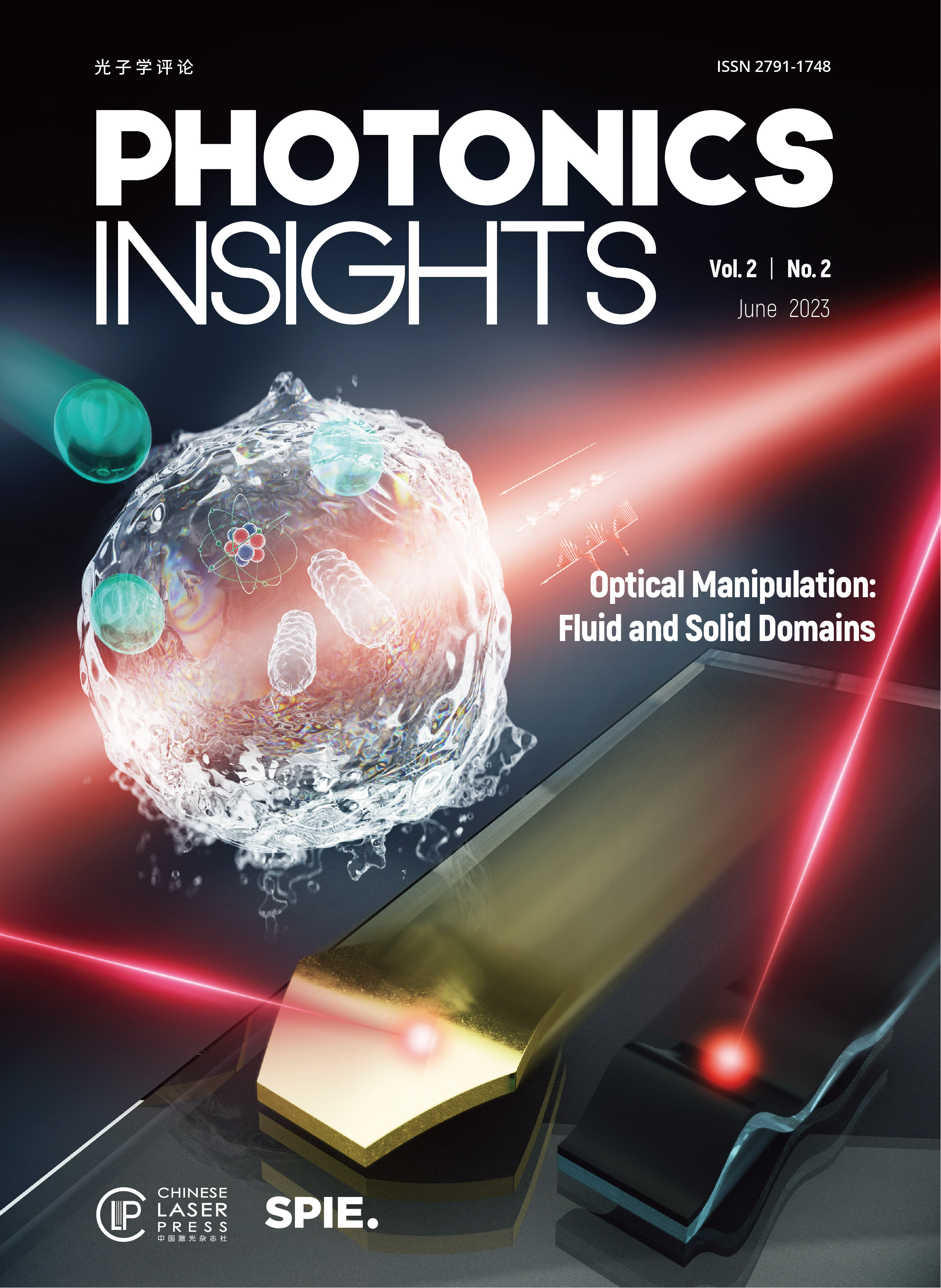 View fulltext
View fulltext
Optical manipulation has empowered researchers to maneuver tiny objects in the micro-nano world in remote and contact-free manners, the operation of which has been primarily restricted to fluid environments. With newly proposed technologies, a lot more is to be expected upon optical manipulation being implemented in the solid domain.
Advancements in micro/nanofabrication have enabled the realization of practical micro/nanoscale photonic devices such as absorbers, solar cells, metalenses, and metaholograms. Although the performance of these photonic devices has been improved by enhancing the design flexibility of structural materials through advanced fabrication methods, achieving large-area and high-throughput fabrication of tiny structural materials remains a challenge. In this aspect, various technologies have been investigated for realizing the mass production of practical devices consisting of micro/nanostructural materials. This review describes the recent advancements in soft lithography, colloidal self-assembly, and block copolymer self-assembly, which are promising methods suitable for commercialization of photonic applications. In addition, we introduce low-cost and large-scale techniques realizing micro/nano devices with specific examples such as display technology and sensors. The inferences presented in this review are expected to function as a guide for promising methods of accelerating the mass production of various sub-wavelength-scale photonic devices.
Light carries energy and momentum, laying the physical foundation of optical manipulation that has facilitated advances in myriad scientific disciplines, ranging from biochemistry and robotics to quantum physics. Utilizing the momentum of light, optical tweezers have exemplified elegant light–matter interactions in which mechanical and optical momenta can be interchanged, whose effects are the most pronounced on micro and nano objects in fluid suspensions. In solid domains, the same momentum transfer becomes futile in the face of dramatically increased adhesion force. Effective implementation of optical manipulation should thereupon switch to the “energy” channel by involving auxiliary physical fields, which also coincides with the irresistible trend of enriching actuation mechanisms beyond sole reliance on light-momentum-based optical force. From this perspective, this review covers the developments of optical manipulation in schemes of both momentum and energy transfer, and we have correspondingly selected representative techniques to present. Theoretical analyses are provided at the beginning of this review followed by experimental embodiments, with special emphasis on the contrast between mechanisms and the practical realization of optical manipulation in fluid and solid domains.











